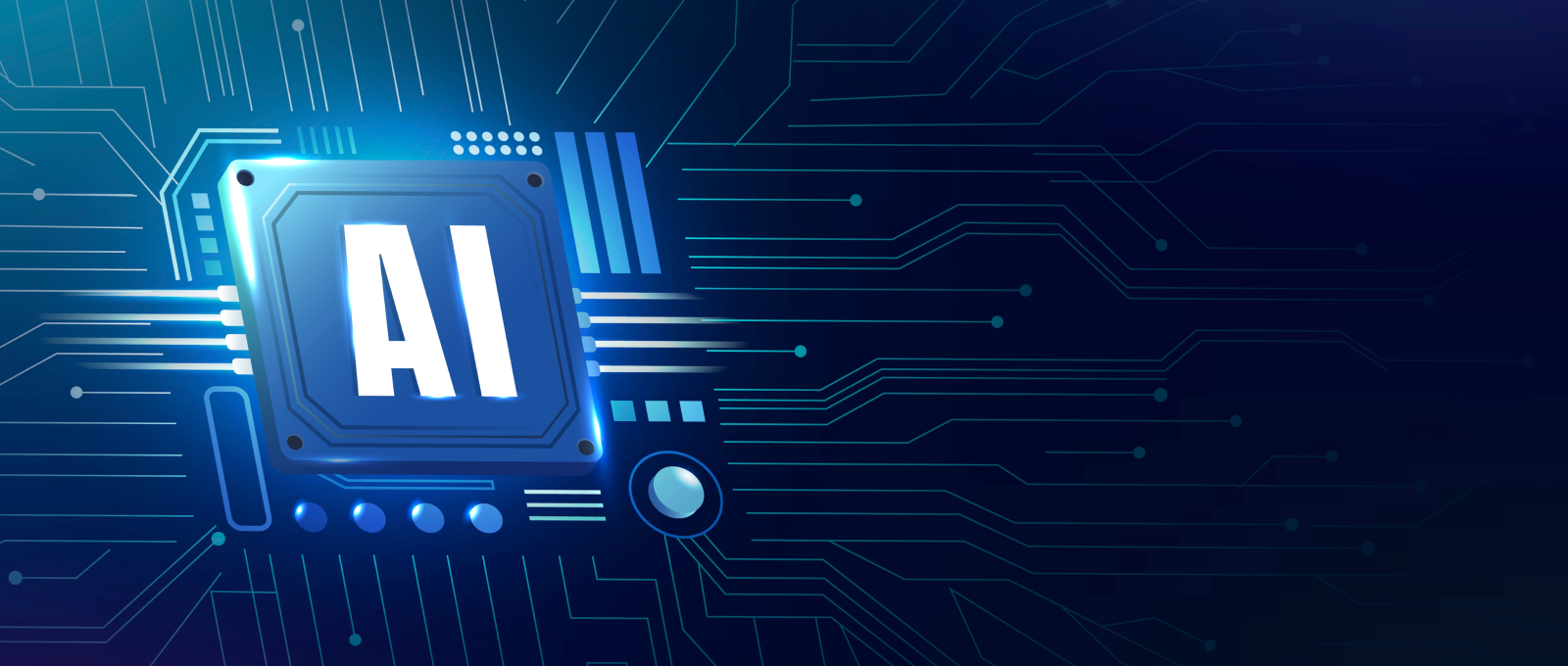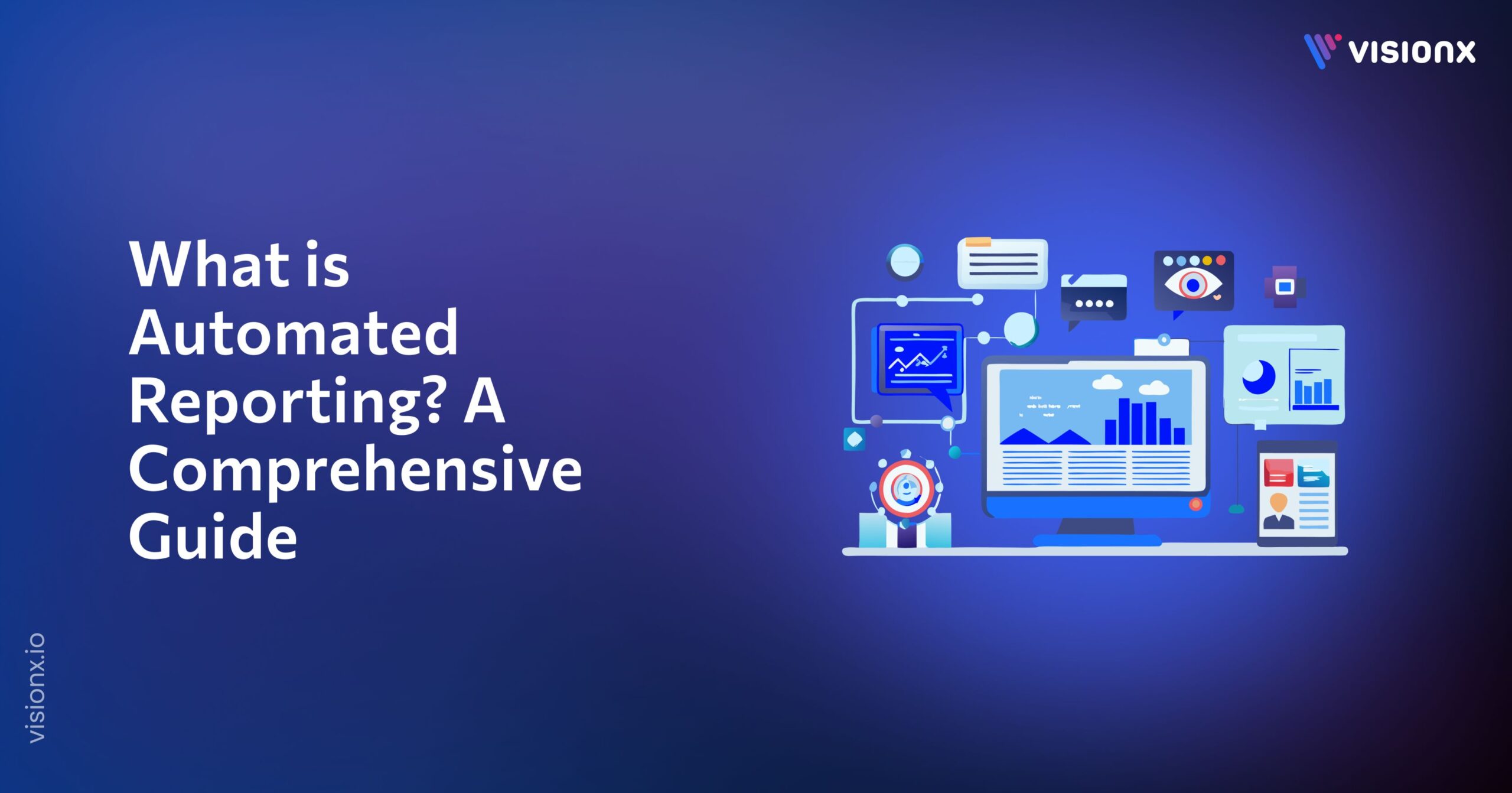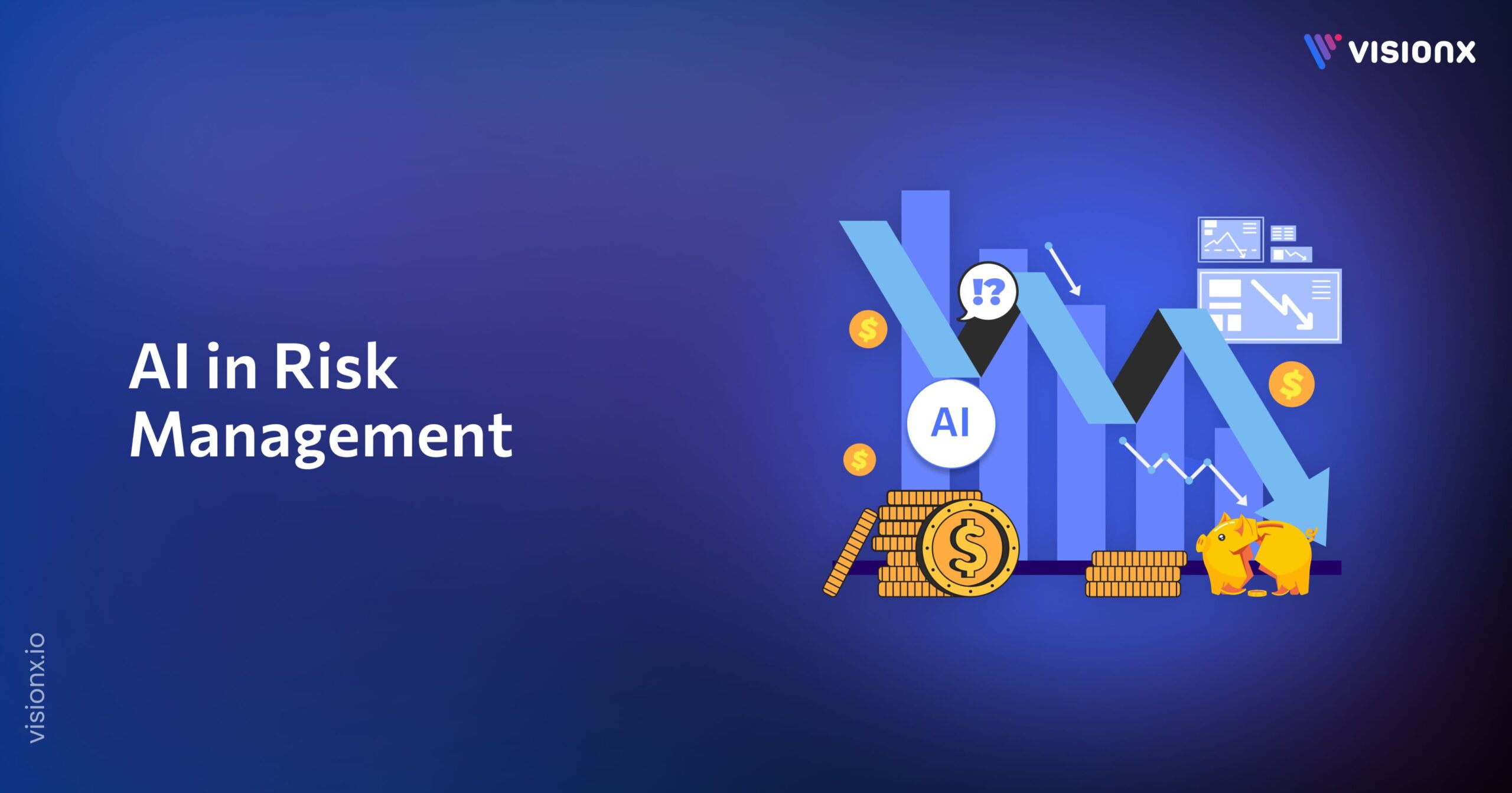In today’s connected world, the proliferation of smart devices and IoT has generated enormous amounts of data. To extract meaningful insights and drive intelligent decision-making, artificial intelligence (AI) has become a go-to tool.
However, traditional cloud-based AI models often face challenges of latency, privacy concerns, and reliance on constant internet connectivity. This is where Edge AI comes into play. This approach brings AI capabilities directly to edge devices, enabling real-time analysis, faster response times, enhanced privacy, and reduced dependence on cloud services.
Join us as in this article, we explore Edge AI, its definition, advantages, working principles, and its transformative potential for various industries in the era of IoT and smart devices.
What Is Edge AI?
Edge AI, or Edge Artificial Intelligence, refers to deploying AI algorithms and models directly on edge devices, such as smartphones, IoT devices, edge servers, and sensors. Unlike traditional AI systems that rely on a centralized cloud computing environment, Edge AI brings intelligence and computational power closer to the data source, enabling real-time decision-making and analysis at the edge of the network.
Understanding the Distinctions:
In the realm of advanced technologies, Edge AI, Edge Computing, and Cloud AI have emerged as key concepts. Though intertwined, they possess distinct characteristics and serve different purposes. But before we embark on our journey into the depths of Edge AI, let’s untangle the web of confusion surrounding these technologies.
Edge AI Vs. Edge Computing
While Edge AI and Edge Computing are related concepts, they have distinct differences. Edge Computing focuses on processing and storing data at the edge devices closer to the data source to reduce latency and bandwidth usage. It aims to offload the computational burden from the cloud by processing data locally. On the other hand, Edge Artificial Intelligence specifically refers to deploying AI algorithms and models at the edge devices, enabling intelligent processing and data analysis locally without relying on cloud services.
Edge AI Vs. Cloud AI
Edge and Cloud AI have different strengths and use cases. Cloud AI excels in scenarios where large-scale data processing, training, and complex computations are required. It offers virtually unlimited storage, computational resources, and collaborative capabilities. However, it may suffer from latency issues and dependency on internet connectivity.
In contrast, Edge AI is ideal for real-time, low-latency applications where quick decision-making and local data processing are crucial. It minimizes reliance on cloud services, enhances privacy and security, and enables offline operation. Edge AI is particularly beneficial in scenarios with limited or intermittent internet connectivity.
The Importance of Edge AI
In the age of smart devices, Edge AI holds immense importance.
- With edge artificial intelligence, organizations can overcome bandwidth limitations and optimize network utilization by processing data locally, resulting in more efficient data management.
- It enhances data privacy and security by keeping sensitive information localized and reducing data exposure to external networks.
- It enables offline operations allowing devices to function autonomously without an active internet connection, ensuring continuous operation in remote or disconnected environments.
- Organizations can extract valuable insights from data in real time, enabling faster response to critical events and opportunities for proactive decision-making.
- The scalability of Edge AI allows for deploying AI models across multiple edge devices, enabling distributed intelligence and decentralized decision-making in large-scale IoT ecosystems.
How Does Edge AI Technology Work?
Edge AI technology combines AI algorithms, machine learning models, and specialized hardware to enable AI inference at edge devices. The process typically involves the following steps:
- Data Acquisition: Edge devices collect data from sensors, cameras, or other sources.
- Pre-processing: Data is pre-processed locally to filter, clean, and normalize it for further analysis.
- AI Inference: AI algorithms deployed on the edge device perform real-time analysis and decision-making based on the pre-processed data.
- Result Generation: The edge device generates actionable insights, predictions, or commands based on the AI inference results.
Edge AI: Real-World Examples
There are various real-world applications of Edge AI:
- Autonomous Vehicles: Edge artificial intelligence enables vehicles to make instant decisions based on real-time sensor data, improving safety and responsiveness.
- Smart Surveillance: Allows video analytics to be performed locally on surveillance cameras, detecting and identifying objects or events in real-time.
- Industrial Automation: Optimizes manufacturing processes, predict equipment failures and enable predictive maintenance in industrial settings.
- Healthcare Monitoring: Enables real-time analysis of patient data, facilitating remote monitoring, early detection of health issues, and timely intervention.
- Smart Cities: Edge AI empowers smart city systems to make real-time decisions, optimize resource allocation, and enhance security measures, thereby revolutionizing the way smart cities operate and paving the way for sustainable and technologically advanced urban environments.
Role of Edge AI in Industrial IoT Devices
Edge AI is a crucial technology for industrial IoT (IIoT) devices. IIoT devices collect and transmit data from machines and other devices in industrial environments. This data can be utilized to monitor and enhance machine performance, predict failures, and make other decisions that can improve overall efficiency and productivity.
The Industrial IoT devices like sensors and actuators often require real-time analysis and decision-making to optimize operations and ensure worker safety. Edge AI empowers devices to process and analyze data locally, eliminating the need for centralized processing.
Edge AI can help to boost the performance of IIoT devices by:
- Reducing latency: By processing data at the network’s edge instead of sending it to a centralized cloud computing environment, Edge AI significantly reduces the latency of IIoT applications. This can be critical for real-time decision-making applications, such as predictive maintenance.
- Improving privacy and security: This can improve the privacy and security of IIoT data by processing it at the network’s edge, where it is less vulnerable to attack.
- Reducing costs: We can reduce the costs of IIoT applications by reducing the need for expensive cloud computing resources.
- Predictive maintenance: By leveraging Edge AI, it becomes possible to predict potential machine failures. This valuable information can then be utilized to schedule proactive preventive maintenance, effectively mitigating costly downtime.
- Quality control: Can be used to inspect products for defects. This can help enhance the quality of products and reduce the number of defective products shipped to customers.
- Asset tracking: Can be used to monitor the location of assets, such as equipment and inventory. This information can help improve efficiency and prevent theft.
- Remote monitoring: Can be used to monitor machines and other devices remotely. This can help boost efficiency and to troubleshoot problems quickly.
The Future of Edge AI
The future of Edge Artificial Intelligence looks promising, with advancements in hardware, algorithms, and connectivity. As edge devices become more powerful and capable, they can handle increasingly complex AI tasks locally. We can expect the proliferation of Edge AI in various domains, including autonomous vehicles, smart cities, healthcare, agriculture, and retail.
Combining Edge AI with technologies like 5G will further accelerate the adoption and capabilities of edge computing and AI, opening up new possibilities for innovation and transformative applications.
Conclusion
Edge AI is a rapidly growing field with a bright future. As the number of connected devices are growing, edge AI will become increasingly crucial for processing data at the network’s edge. With its advantages over cloud-based AI systems, Edge AI is poised to revolutionize various industries and ignite the next wave of innovation in the IoT and smart devices era.


